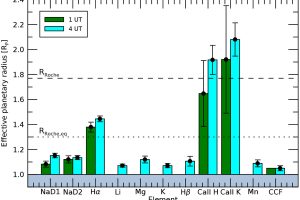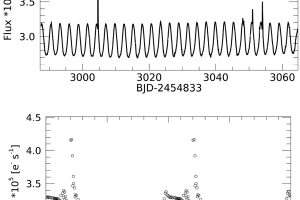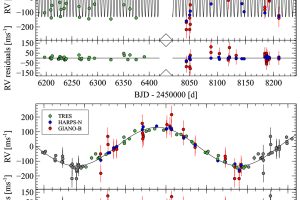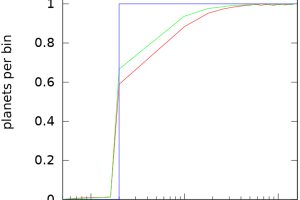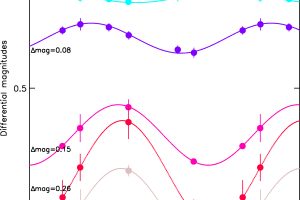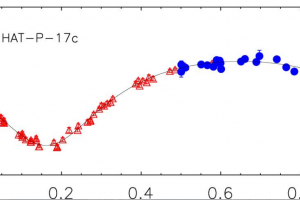The chemical composition of the Hot Jupiter HD 209458b tells us about its history. The study: “Five carbon- and nitrogen-bearing species in a hot giant planet’s atmosphere” of P. Giacobbe (INAF – OATo) recently appeared on Nature
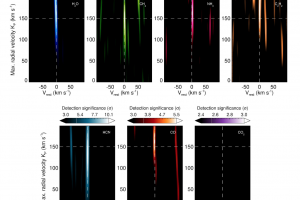
The discovery of the first planet orbiting around another star occurred in the 1995, thanks to the astronomers Michel Mayor and Didier Queloz. This discovery set a milestone in astronomy both because it was the first observational confirmation of the existence of planets orbiting around other stars (in this case 51 Pegasi), and because of the nature of this exoplanet. It
» Read more
